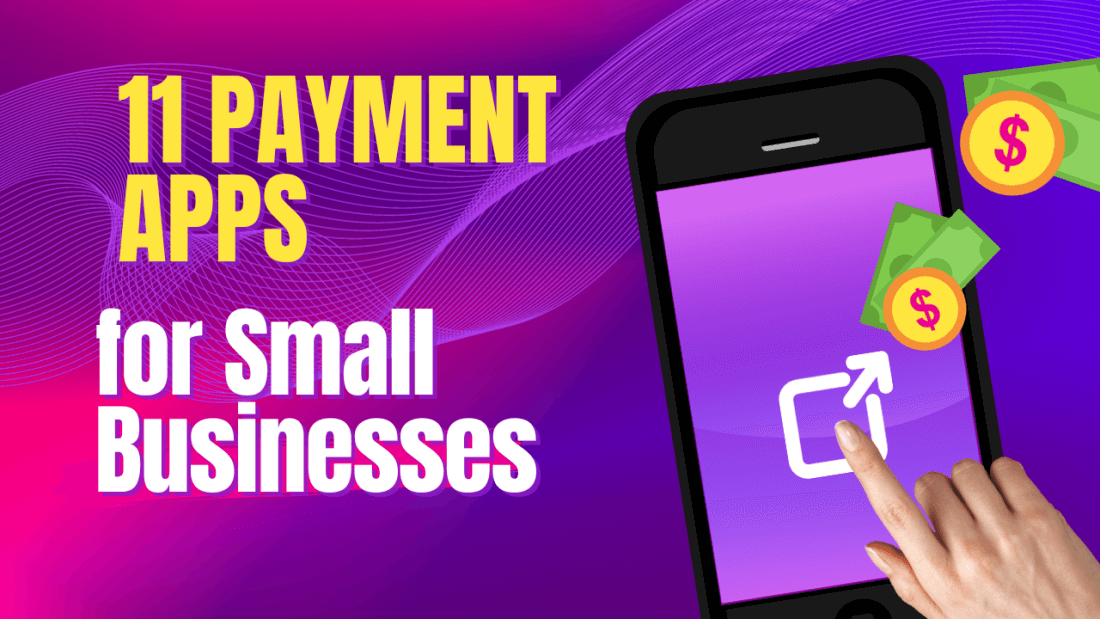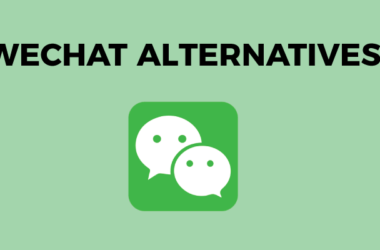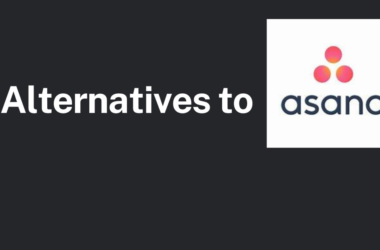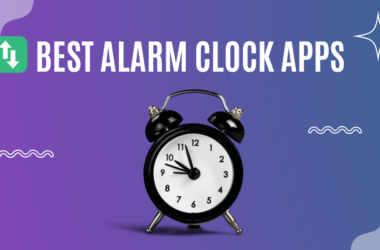Table of Contents Show
Uncover how payment apps for small businesses can revolutionize your operations, streamline your financial transactions, and fuel your growth trajectory. Join us on this insightful journey!
Benefits of Using Payment Apps for Small Businesses
Digital migration transforms business efficiencies, and payment apps exemplify this shift. They streamline operations, boost financial security, offer cost-effective methods, and increase productivity, giving Small and Medium Enterprises (SMEs) the competitive edge they need.
Payment apps revolutionize SME operations, marking a shift from traditional transaction methods. They afford businesses the ability to embrace technological agility, enriching their process, enhancing customer experience, and ultimately fueling their growth trajectory.
Streamlined Payment Process
Embracing payment apps empowers small businesses to simplify their monetary transactions, enhancing operational efficiency. Eliminating traditional lengthy procedures of manual billing and collections, these applications bring a modern and streamlined approach to payment processing.
- Speeds up the checkout process by quickly processing payment transactions.
- Reduce manual errors related to cash handling and accounting.
- Automates the invoicing process, allowing businesses to send invoices instantly and receive payments faster.
- Saves time typically spent on bookkeeping and transaction documentation, allowing for more concentration on core business activities.
Increased Convenience and Accessibility
Through the lens of convenience and accessibility, payment apps are revolutionizing business operations. Their ability to process transactions swiftly offers an edge to small and medium-sized enterprises (SMEs), making financial management easier than ever.
- Instant transaction processing reduces wait time and improves customer experience.
- Accessibility on various devices like smartphones and tablets ensures the business runs smoothly and efficiently.
- Payment apps are not confined to business hours, allowing transactions to occur 24/7.
- Most apps integrate with other software (e.g., Accounting, CRM), centralizing the business process.
- Fast setup time means businesses can start accepting payments right away.
Enhanced Security Measures
With payment apps, small businesses can enhance their transaction security drastically. These apps offer advanced encryption protocols, and two-factor authentication, and comply with PCI-DSS standards, providing a shield against fraudulent activities.
- Advanced encryption protocols protect sensitive financial information.
- Dual authentication factors add an extra layer of security.
- Compliance with PCI-DSS standards ensures robust data security.
- Real-time fraud detection and prevention mechanisms to discourage fraudulent activities.
Cost-Effective Solutions
Using payment apps not only streamlines the handling of transactions but also proves significant for cost-savings. With minimized operational fees and reduced overhead costs, they make monetary sense for small businesses trying to make the most of their budget.
- Reduced transaction fees compared to traditional payment methods
- Elimination of cost for hardware like point-of-sale systems
- Negligible maintenance cost as updates are pushed by the app providers
- Opportunity to expand customer base without extra advertising costs
- Saving time and, thus, money for other business activities
Top Considerations When Choosing Payment Apps
For small business owners, it is crucial to examine key elements such as the app’s compatibility with existing systems, fee structure, and customer support when choosing a payment app. Picking the right app is more than just convenience; it paves the way for operational efficiency which leads to business growth.
Optimal payment app choices tailored to business specifics amplify operational efficiency, driving growth. Balance compatibility, cost, and customer service for maxi success. The right app is a growth catalyst.
Given the proliferation of payment apps in the market, finding the right one for your business requires a critical understanding of certain factors. Prioritize an app’s integration capabilities with your e-commerce platform, and transactional costs, alongside the level of customer service the provider offers. Tailoring your choice to your business needs can significantly tip the balance in favor of success.
Compatibility with Existing Systems
Choosing a payment app that is compatible with your existing business systems is critical for seamless operations. It can considerably impact your small business’s productivity and the overall efficiency of your procedures.
- Ensures integration and automation of business processes
- Prevents technical difficulties that could disrupt transactions
- Makes it easier to manage and track sales and payments
- Allows for data synchronization and enhanced data management
- Keeps business operations running smoothly and efficiently
Transaction Fees and Pricing Structures
Like a masquerade ball, the advertised cost of payment apps can sometimes be deceptive. Transaction fees, hidden in the fine print, often show the real cost. They might appear minuscule, but for businesses with large volumes of transactions, these fees can pile up quickly, eating into profit margins.
Payment apps often entice with seemingly low package prices. However, don’t be fooled; It’s smart to take into account the long-term impact of transaction fees on your bottom line. A low-priced app could end up costing more in the long run if it comes with a high transaction fee.
Styles of pricing structures are as varied as the number of payment apps available. Some have flat pricing systems, charging the same rate regardless of the number of transactions, while others operate on a tiered structure, where rates decrease as transaction volumes increase. It’s keen to choose a structure that suits your business model.
It’s not just about the lowest cost. The key is value for money. Some payment apps may charge slightly higher fees but offer features and benefits that increase productivity and sales, ultimately proving a sound investment for savvy entrepreneurs.
Billing surprises are a business nightmare. Ensure you fully understand the pricing structure of your chosen payment app. Be aware of any ‘additional fees’ that might creep into your bill, such as chargeback fees, or penalties for insufficient funds. Prevention, in this case, is indeed cheaper than cure.
Integration with E-commerce Platforms
Navigating e-commerce platforms becomes simpler with payment app integration. Small businesses find it easier to manage their online transactions, boosting productivity while saving resources.
The beauty lies in seamless integration. Payment apps work in harmony with your chosen e-commerce platform, whether it’s Shopify, Etsy, or BigCommerce, enhancing the online shopping experience.
With such integration, payment processing stops being a separate entity; instead, it’s woven into the overall sales process. This adds a new layer of convenience for both businesses and customers.
It’s crucial, though, to choose a payment app that aligns well with your e-commerce platform. Connect these digital tools effectively, productivity increases, and headaches lessen.
Merging the power of payment apps with e-commerce platforms opens doors to new sales opportunities. It paves the way for smooth, secure transactions, and a better customer experience overall.
Customer Support and Service
Exceptional customer support in payment apps is akin to a lifeline for thriving businesses. It equips entrepreneurs with the necessary guidance, to solve their payment-related queries promptly and efficiently.
Business operations are significantly enhanced by peerless customer service in payment apps. It ensures quick resolution of problems, facilitating uninterrupted business transactions and supporting continuous growth.
11 Best Payment Apps for Small Businesses
1. Square

Square is a popular payment app that offers a range of features to help small businesses manage their transactions seamlessly. It provides tools for invoicing, payroll, and inventory management, making it a one-stop solution for entrepreneurs.
Square key features:
- Invoicing and billing
- Point of sale (POS) system
- Online payments and e-commerce integration
- Inventory management
- Employee management and payroll
- Analytics and Reporting
2. Stripe

Stripe is a payment app that focuses on providing developers with the tools they need to build custom payment solutions. It offers a range of features, including subscription management and fraud prevention, making it a great choice for businesses with advanced payment needs.
Stripe key features:
- Online payments and invoicing
- Subscription and recurring billing management
- Customizable payment forms and checkout experiences
- Developer-friendly APIs and tools
- Fraud protection and dispute management
3. PayPal
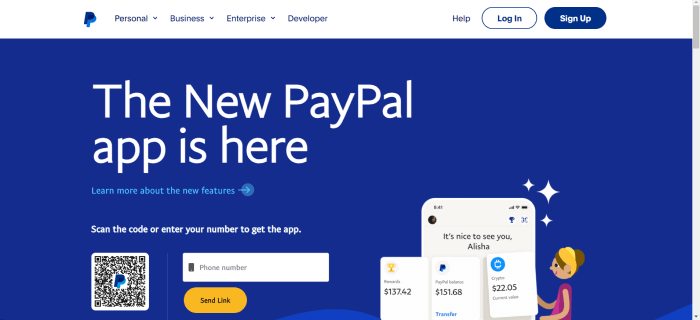
PayPal is a widely recognized payment app that allows businesses to accept payments from customers around the world. It offers a simple and secure way to send and receive money, making it a trusted choice for small businesses.
- Online payments and invoicing
- In-person payments with mobile card readers
- E-commerce integration
- Business debit card
- Fraud protection and buyer/seller protection
4. Google Pay

Google Pay is a payment app developed by Google that allows users to make secure and convenient payments using their smartphones using NFC technology. It offers a variety of features that make it a great choice for small businesses.
It offers a seamless and convenient way for businesses to accept payments in-store and online, and it also integrates with other Google services for easy management of transactions.
Google Pay Key Features:
- Autofill payment information
- Buy with Google in just a click
- Tap to pay with your phone in-store
- Send money easily to anyone using your Google account
5. Apple Pay

Apple Pay is a payment app that allows businesses to accept payments using Apple devices. It offers a secure and convenient way for customers to make purchases, making it a valuable tool for businesses that target Apple users.
Apple Pay key features:
- Secure and encrypted payments
- In-app purchases and online payments
- Contactless payments using NFC technology
- Integration with Apple Wallet
6. Quickbooks Payments
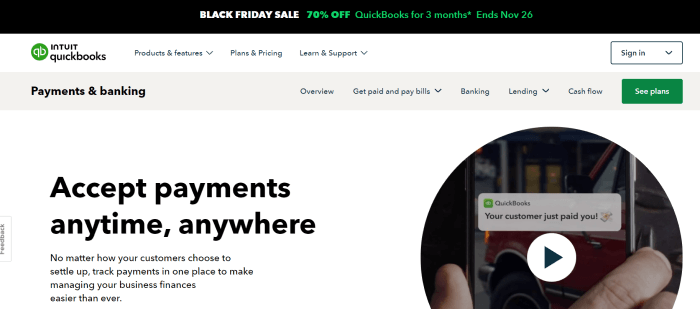
QuickBooks Payments is a payment app that integrates seamlessly with QuickBooks accounting software. It allows businesses to accept payments online and in-person, while also providing robust reporting and invoicing features.
Quickbooks key features:
- Link accounts and keep track of payments made
- Open and manage wallets
- Invoicing
- Track income and make invoicing
- Track GST and VAT
7. Venmo

Venmo is a payment app that is particularly popular among millennials. It allows users to send and receive money with ease, making it a great option for businesses that cater to a younger demographic.
While it may not have as many business-specific features as some other payment apps, it can still be a useful tool for small businesses, especially those that primarily serve younger customers.
Venmo key features:
- Pay in-app and online
- Pay in store
- Send payments to your friends and family
- Buy crypto using the Venmo app
- Manage balance and direct deposit
8. Zelle

Zelle is a payment app that allows users to send and receive money directly from their bank accounts. It offers fast and secure transactions, making it a reliable option for small businesses that prioritize speed and convenience.
Zelle key features:
- Send money to your friends and family
- Connect your bank account
- Less transaction costs
9. Wise
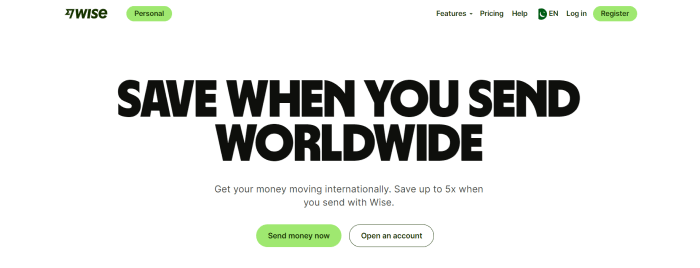
Wise, formerly known as TransferWise, is a payment app that specializes in international money transfers. It offers competitive exchange rates and low fees, making it a cost-effective option for businesses that frequently deal with international transactions.
Wise key features:
- International money transfers at low fees
- Transparent and competitive exchange rates
- Multi-currency accounts for businesses
- Integration with accounting software for easy reconciliation
- International debit card
- Easy to setup
10. Shopify Payments
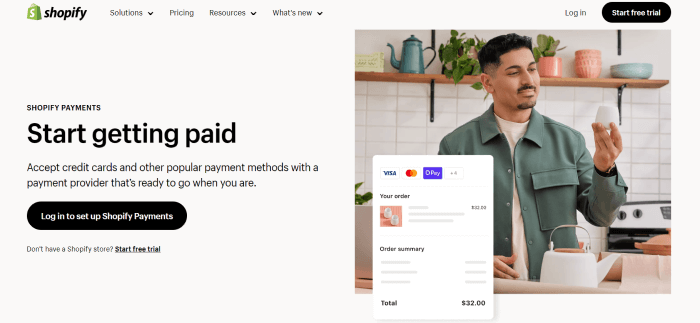
Shopify Payments is a payment app specifically designed for businesses using the Shopify e-commerce platform. It offers seamless integration and a range of features that simplify the payment process for online businesses.
Shopify Payments key features:
- Built-in payment processing for Shopify stores
- Secure checkout and fraud protection
- Customizable payment options and branding
- Automatic tax calculations and reporting
Conclusion
In conclusion, there are numerous payment apps available that can help businesses streamline their payment processes and increase productivity. Whether you need a simple invoicing and billing solution, a point of sale system, or international money transfer capabilities, there is a payment app out there that can meet your needs.
By leveraging these payment apps, you can save time and effort, reduce errors, and provide a seamless payment experience for your customers. Take the time to explore the options and find the app that best aligns with your business goals and requirements.
Remember, technology is constantly evolving, so it’s important to stay up to date with the latest advancements in payment apps. Be open to exploring new options and adapting your processes to maximize productivity and efficiency.
With the right payment app in your arsenal, you can take your business to the next level and achieve greater success. So, don’t hesitate to embrace the power of technology and start reaping the benefits today.
Check out more similar posts:





